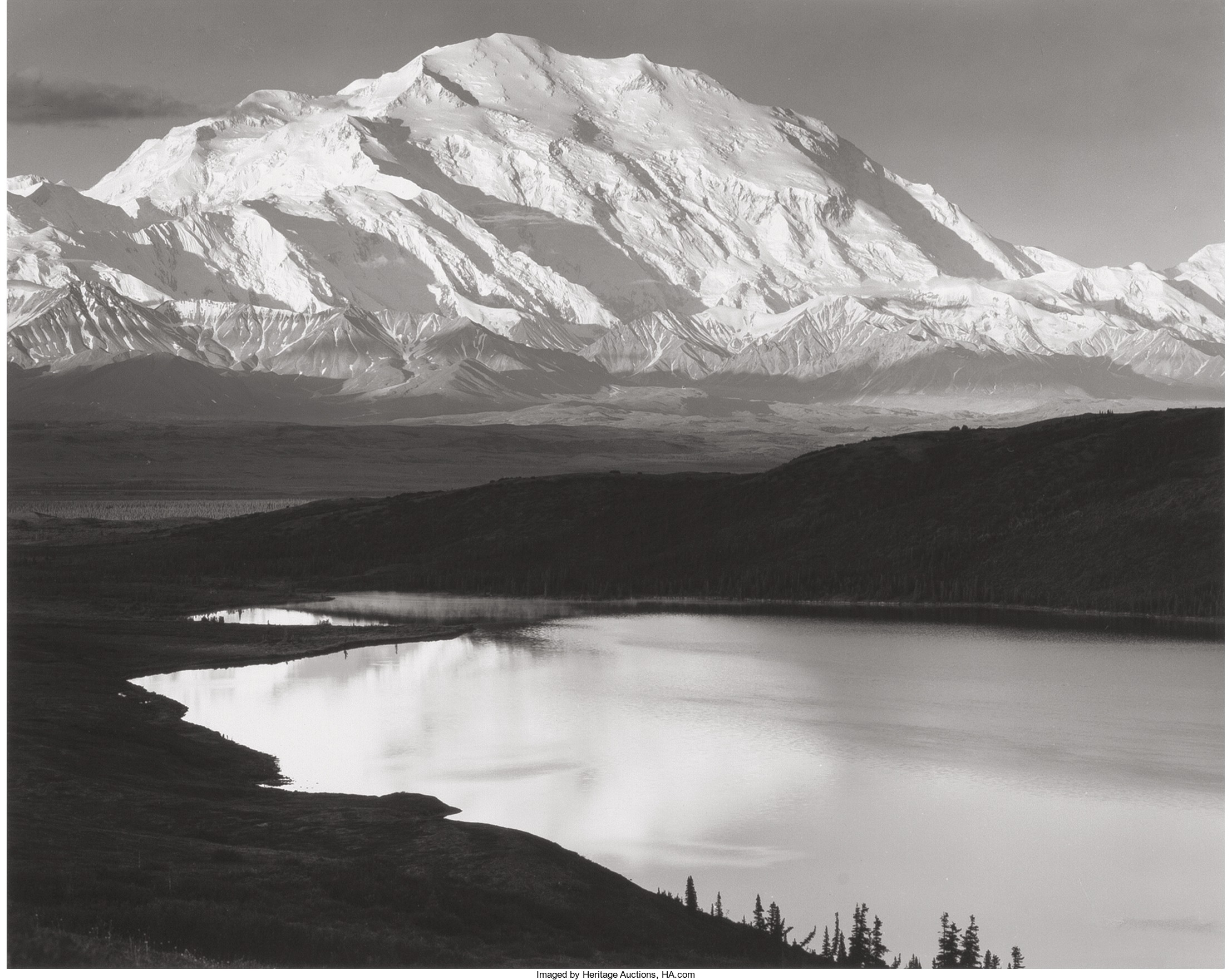
By Jim O’Neal
Russia offered to sell Alaska to the United States in 1859 since they were concerned that the British would simply take it and add it to their Canadian portfolio. But the looming Civil War prevented any binding agreement. After harmony in the U.S. was restored, Secretary of State William Seward was quick to pounce.
In 1867, the United States paid $7.2 million to Tsar Alexander II in a mildly controversial transaction dubbed “Seward’s Folly” and “Polar Bear Park.” Once gold was discovered in the Yukon, followed by the Klondike Gold Rush, most skeptics’ doubts were dispelled.
Earlier, in 1861, Alexander II had issued an Emancipation for Russia’s 20 million serfs (non-free workers), but it was not for purely humanitarian reasons. This was a further attempt to modernize a Russia that was falling behind the industrializing nations of the West. To assume their perceived rightful place, they adopted wide-ranging reforms across political, social, economic and military areas.
The effects were mixed at best and Emancipation did very little to improve Russian agricultural productivity or the serfs’ well-being. However, Alexander refused to consider any real constitutional reform and maintained a conviction of his divine right to rule as an absolute monarch … which he did until his assassination in 1881 by the terrorist group Narodnaya Volya (“People’s Will”).
His successor, Alexander III, was willing to embrace industrial reform, but also created a police state, suppressed protest and made trade unions illegal. He also scrapped the concept of a Duma (representative council) and increased military capability. Politically, however, the regime’s unwillingness to reform would ultimately ensure its complete destruction in a Soviet revolution.
The polar bears had a better fate, as Alaska became a full-fledged U.S. state in 1959.
 Intelligent Collector blogger JIM O’NEAL is an avid collector and history buff. He is President and CEO of Frito-Lay International [retired] and earlier served as Chairman and CEO of PepsiCo Restaurants International [KFC Pizza Hut and Taco Bell].
Intelligent Collector blogger JIM O’NEAL is an avid collector and history buff. He is President and CEO of Frito-Lay International [retired] and earlier served as Chairman and CEO of PepsiCo Restaurants International [KFC Pizza Hut and Taco Bell].
